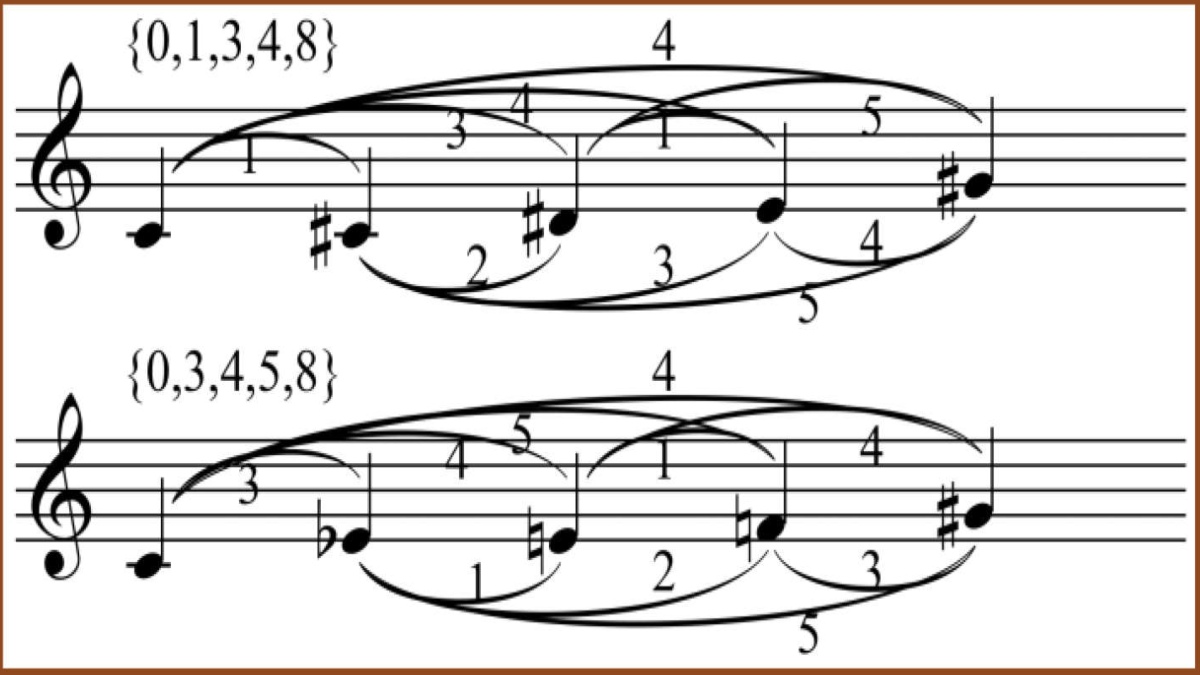


A ‘Kalpana swara’ (creative compilation of notes done impromptu on stage by the artist) in Carnatic music often involves what is known as a ‘Korvai’. A Korvai is a set of swaras or notes that are arranged in a creative yet mathematically precise format that brings the long Kalpana swara notes to a beautiful closure.
I use Korvais in my Kalpana swara presentations very often. And somehow in a Carnatic concert, it is almost always the climax point for the artist, the accompanying instrumentalists and of course the audiences. I have often wondered about the reason behind this. Is it the synergy between the artists that somehow comes to a satisfying coordinated close? Is it just melody or rhythm, or is there something more to it?
I found my answer one day when I was imparting music to a student of mine. She was struggling to understand note patterns, and I tried two methods to explain this to her. Firstly, I explained the mathematical pattern behind it. This means that if I was attempting to teach a pattern say Sa Re Ga, Re Ga Ma, Ga Ma Pa and so on, she could understand it mathematically, using the order in which notes appear. So, for example, if Sa Re Ga Ma Pa Dha Ni corresponds to the numbers 1 2 3 4 5 6 7, the pattern would become 123, 234, 345 and so on. Secondly, I asked her to visualise the pattern as if it were a sketch painting itself to the notes. A higher note would mean there would be ebb and the lower note would be a trough. The extent of the ebb and trough of course would be decided by the extent of ‘highs’ and ‘lows’ in the music itself. So the aforesaid pattern would probably become a sketch that may look like forward-moving waves. This attempt led her to understand the note pattern much better. And moreover, it added immensely to her pleasure when she sang it.
That is when my answer came to me. We usually see music as a separate entity, devoid of logic and reason, devoid of anything visual. We see painting, music, mathematics and science as disparate fields of study. The magic lies in the fact that they are all integrated at an innate level. As they say in physics, energy and matter are just two manifestations of the same thing. Which is why when I sang a Kalpana swara in, say, what would make a pyramid pattern or maybe something that would be a geometric progression of notes, it subliminally excites the audiences without their own conscious knowledge. Because our deep inner beings know that in a fundamentally spiritual sense, we and the world and everything it consists of coming from one source – God or the source of creation.
Polymaths like Leonardo Da Vinci, Jagdish Chandra Bose, Aristotle and Helen Keller shared an amazing ability to view the same thing from different lenses and make equal sense of it. No wonder they were gifted geniuses who had the privilege to see that the path of spirituality and the path of science can both lead towards the truth. Understanding that duality is a mirage and that we are bound as one is also a similar depiction of the truth. Recognising that the world, with its apparent duality and division, has an underlying harmony, is one of the deepest realisations that human beings gifted with consciousness and intelligence can aspire to.
When we engage in aspects of music that allow us to see synergies like this, we are, in fact, stepping into a zone where we begin to understand this larger truth about God and creation. I believe that, over time, I have become a lot more spiritual, tolerant and accepting of the vagaries of life and the many colours that it manifests itself in. Music had a crucial role to play in this, and for that I am thankful.
The writer is a vocalist of both Hindustani and Carnatic Classical music, with over three decades’ experience. She is also the founder of Music Vruksh, a venture to make classical accessible for its aesthetic and wellness benefits.